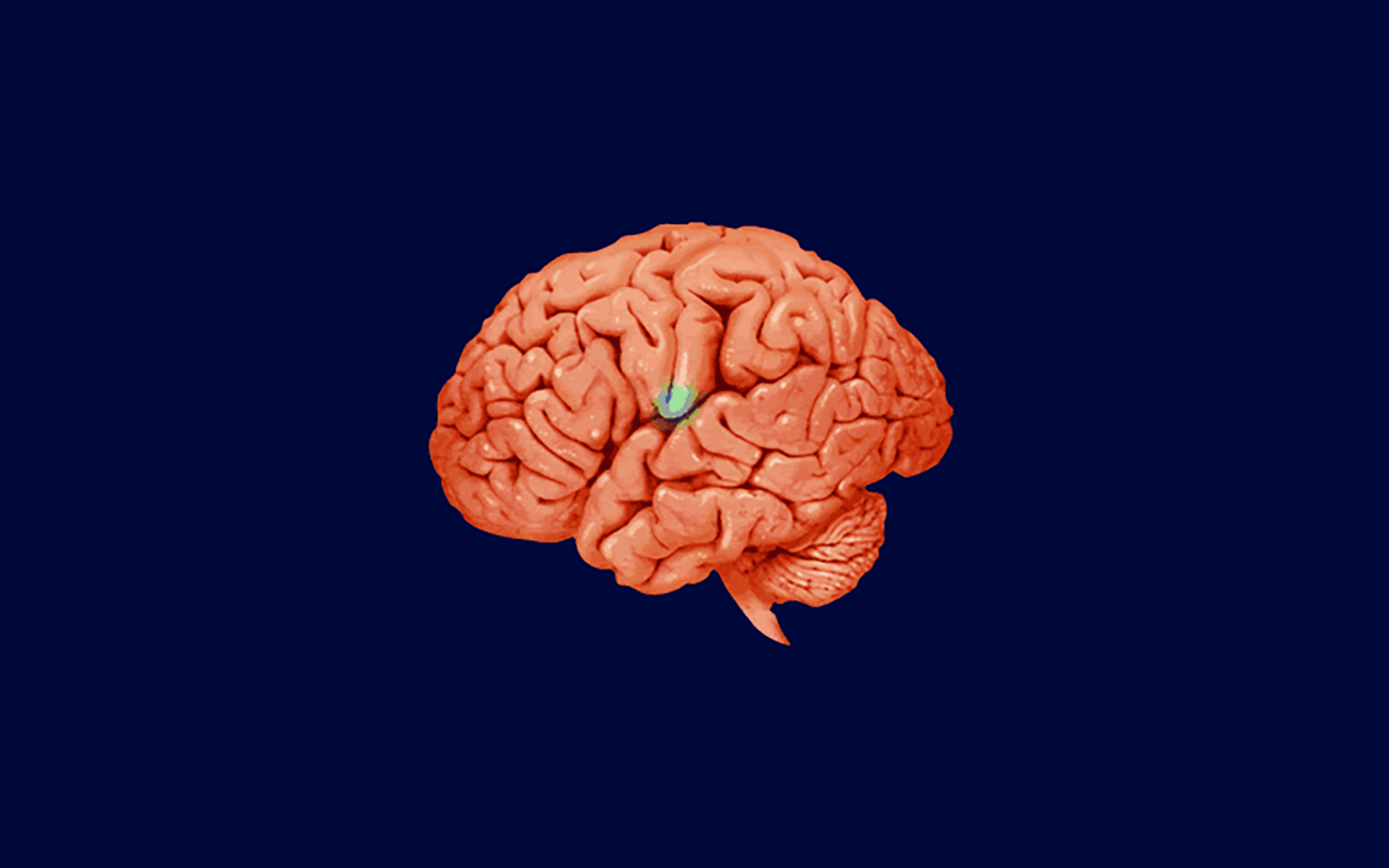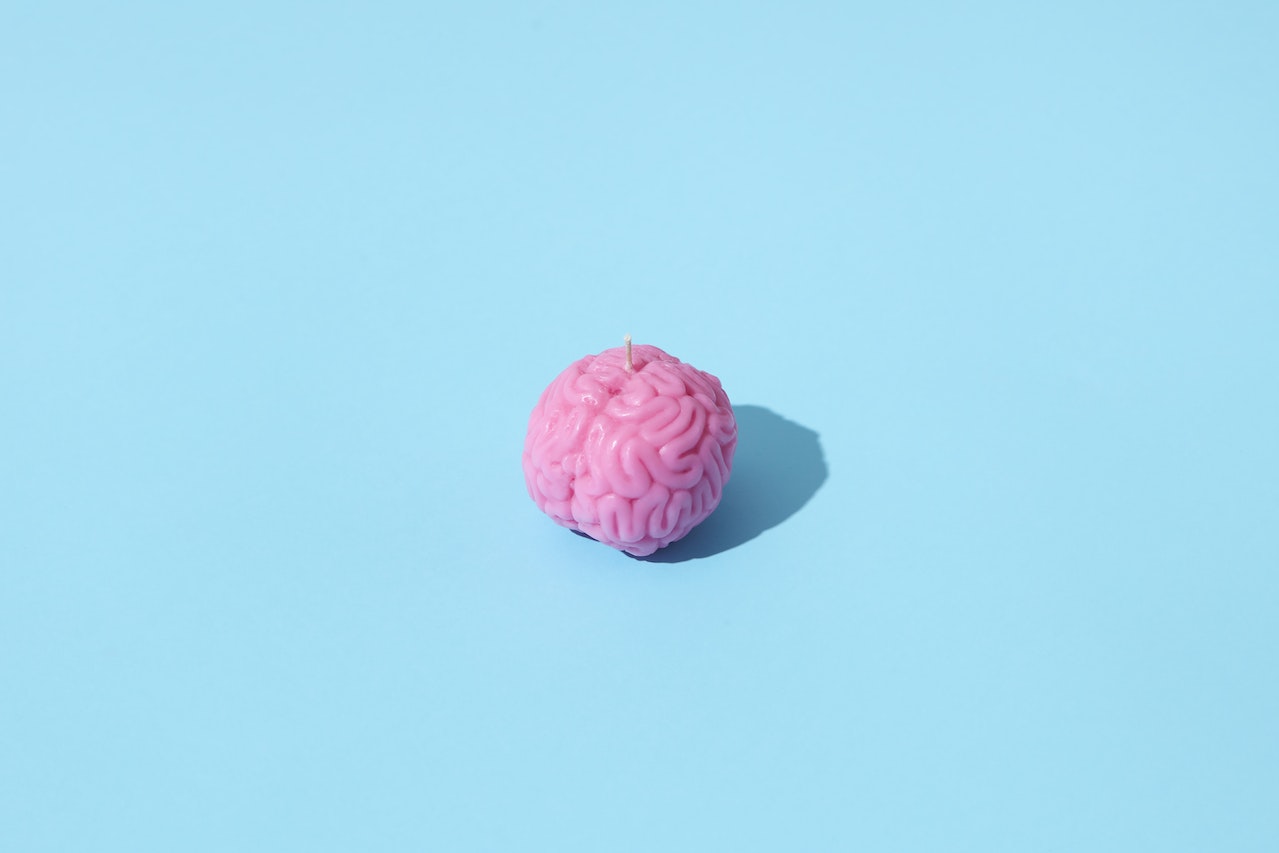In the field of design, accessibility is essential. It is our responsibility as designers to make our work usable and pleasant by as many people as possible. People with neurodivergent disorders like autism, attention deficit hyperactivity disorder (ADHD), or dyslexia would benefit greatly from this. Neurodiversity-aware design is a vital first step in making products and services accessible to all users.
Intro to Neurodiversity and Design
Neurodiversity is the range of variations in how our brains function and think. It’s a term that encompasses any neurological difference that affects how we think, learn, and interact with the world. This includes conditions such as autism, ADHD, dyslexia, Down syndrome, and Tourette syndrome. Neurodiversity is not a disorder or a disability; rather, it is a natural variation that exists in the human population.
Designers play an important role in creating experiences that are inclusive and accessible to people of all abilities and backgrounds. This includes those with neurodivergent conditions. By recognizing and understanding the impact of neurodiversity on design, designers can create products, services, and experiences that are tailored to the needs of these individuals.

Neurodiversity and Its Impact on Design
People who are neurodiverse frequently have a unique perspective on the world compared to people who do not have those problems. This can be seen in a variety of ways, including variations in the processing of sensory information and difficulties with motor coordination. Neurodiversity can also have an effect on how individuals engage with technology, including the size of buttons, where they are located, how quickly interfaces respond, and how responsive they are.
When designing experiences for neurodivergent persons, designers have a responsibility to take these variations into consideration. For instance, designers need to think about how to make user interfaces intuitive, how to make digital material accessible, and how to give assistance for people who have issues with how their senses interpret information in different ways. Designers have an additional responsibility to be aware of the physical constraints imposed by particular circumstances and to develop goods and services that are adapted to meet the requirements of those constraints.
There are several advantages to be gained, not just for the designer but also for the end user, when products are created with neurodiversity in mind. Designers are able to develop experiences that are more inclusive and accessible when they have a better grasp of the specific requirements and capabilities of neurodiverse persons. This, in turn, can lead to enhanced levels of customer satisfaction, a better user experience, and increased adoption of the product.
The practice of creating with neurodiversity in mind may also be beneficial to designers. The creators of a product or service can obtain a better grasp of how their wares and offerings are utilized by the consumer population if they take into account the requirements of neurodiverse persons. This can assist them in identifying areas in which development is needed and in developing better experiences for all users.
Strategies and Design Guidelines for Creating an Inclusive Design Experience for Neurodivergent Consumers
Create and use accessible content
It is the responsibility of the designers to make sure that all users, regardless of their ability, can access the digital information. This involves ensuring that the material is presented in a way that is simple and straightforward, as well as making the content available in a variety of forms. This involves steering clear of jargon and technical phrases and instead making use of language that is simple and straightforward.
01
BAD

GOOD
Make it simple.
Just because it looks cool, doesn't mean it is understandable to everyone. Simplicity always wins.
Use universal Design Principles
The principles of universal design are a set of guiding principles that may be used when developing products, services, and experiences with the goal of making them accessible to all people. These include things like ensuring that user interfaces are easy to understand, that writing is readable, that material is offered in a variety of forms, and more.
When developing any kind of product or service, user experience is absolutely necessary to ensure accessibility. This involves taking into account the user’s physical and cognitive capabilities, in addition to the requirements that they have for their sensory processing.
Another facet of the issue is that the utilization of visual and auditory cues might assist neurodiverse individuals in comprehending and interacting with interfaces. Interface designers need to take into consideration the addition of visual and aural cues in order to make their work more accessible.
02
Offer Customization Options
Users with neurodiversity should be able to customize their experiences, and designers should make that possible. Adjusting the size of buttons, the location of text, and the positioning of other components may fall under this category.
By integrating a technology like AccessiBe or Allyable into your platforms, you can aid users in personalizing their experience and make it more tailored to their needs.
03
Utilize Feedback
When developing with neurodiversity in mind, feedback is a vital component to include. It is important for designers to solicit the opinions of neurodiverse customers in order to get insight into how their goods and services might be enhanced. This can assist guarantee that the experience is adapted to the specific requirements of the persons involved.
Signing up with a NPS (Net Promotor Score) like Delighted would give the users the opportunity to provide feedback for your services and products.
04
Provide Support
Support for users with neurodiversity should be provided by the designers. This might entail making resources and support available to those who have difficulty with either sensory processing or motor coordination.
05
Technology-Based Solutions for Neurodivergent Consumers
Designing with neurodiversity in mind is an essential step toward creating an inclusive experience for everyone. It requires an understanding of the unique needs and abilities of neurodivergent individuals and how to best meet those needs. By taking into account the needs of neurodivergent individuals, designers can create products, services, and experiences that are tailored to those needs. This can lead to greater customer satisfaction, improved user experience, and increased product adoption. Designers can also benefit from designing with neurodiversity in mind by gaining a better understanding of how their products and services are used.
At the end of the day, designing with neurodiversity in mind is about creating an inclusive experience for everyone. It’s about recognizing the unique needs of neurodivergent individuals and creating products and services that are tailored to those needs. By doing so, designers can create experiences that are enjoyable and accessible for all.



